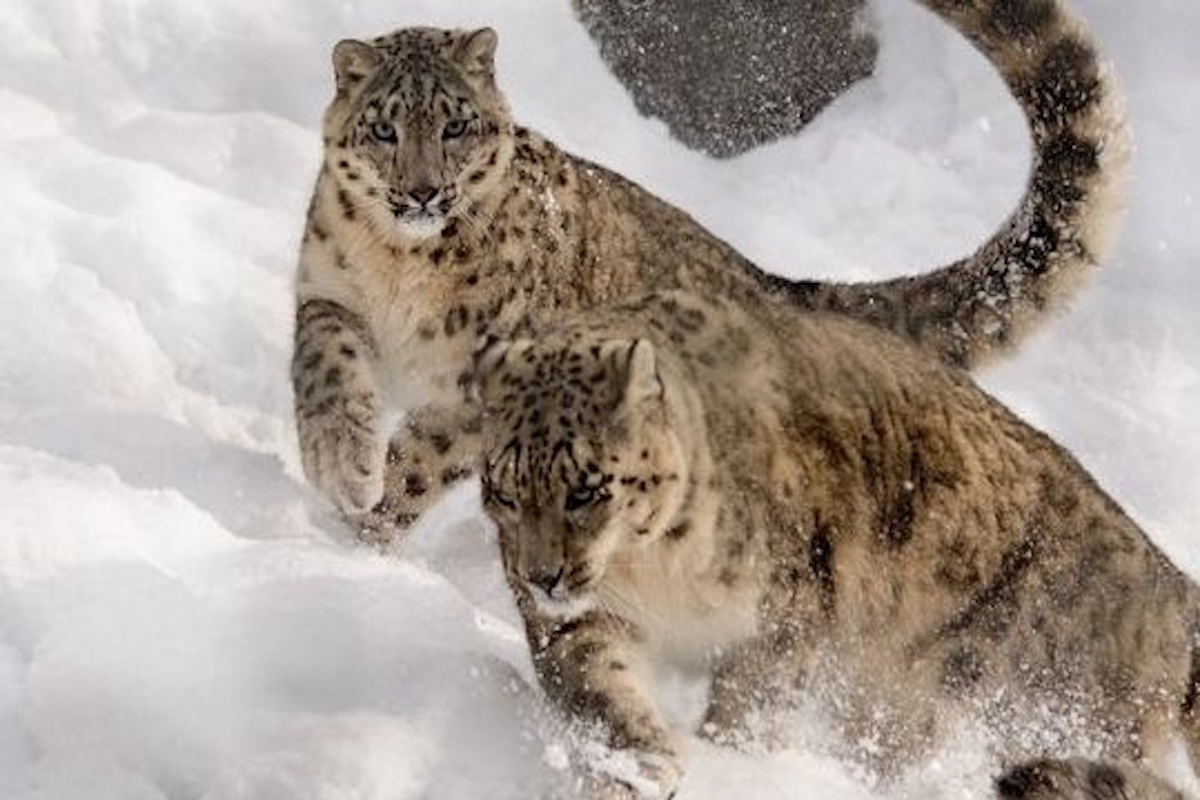Many animals and plants unique to the world’s most stunning natural places face extinction if greenhouse gas emissions continue to rise, according to a new scientific study published in the journal Biological Conservation.
The species included India’s snow leopard, one of the most charismatic animals of the Himalayas.
Advertisement
However, remaining within the climate goals of the Paris Agreement, which aims to keep global heating well below two degrees Celsius, ideally at 1.5 degrees, would save the majority of species.
A global team of scientists analysed almost 300 biodiversity hotspots — places with exceptionally high numbers of animal and plant species — on land and at sea. Many of these hotspots contain ‘endemic’ species, unique to one geographic location such as one island or one country.
They found that if the planet heats by over three degrees, then a third of endemic species living on land, and about half of endemic species living in the sea, face extinction.
On mountains, 84 per cent of endemic animals and plants face extinction at these temperatures, while on islands that number rises to 100 per cent. Overall, 92 per cent of land-based endemic species and 95 per cent of marine endemics face negative consequences, such as a reduction in numbers, at three degrees.
Current policies put the world on track for around three degrees of heating.
Endemic species include some of the world’s most iconic animals and plants. Besides the snow leopard, endemic species threatened by climate change include lemurs, which are unique to Madagascar.
In Asia, islands including the Indian Ocean Islands, the Philippines, and Sri Lanka along with the Western Ghat mountains could lose most of their endemic plants due to climate change by 2050.
Other threatened species in the region include iconic animals such as the Persian panther and the Balochistan black bear. Many Himalayan species are threatened, such as the medicinal lichen Lobaria pindarensis, traditionally used to relieve skin ailments, arthritis, and indigestion, and the Himalayan musk deer.
Coral reefs such as those in South East Asia are also threatened by temperatures rising over 1.5 degrees.
The study found that endemic species are 2.7 times more likely to go extinct with unchecked temperature increases than species that are widespread, because they are only found in one place; if climate change alters the habitat where they live, they are gone from the face of the earth.
If greenhouse gas emissions keep rising then places like the Caribbean islands, Madagascar, and Sri Lanka could see most of their endemic plants go extinct as soon as 2050. The tropics are especially vulnerable, with over 60 per cent of tropical endemic species facing extinction due to climate change alone.
But all is not lost. If countries reduce emissions in line with the Paris Agreement then most endemic species will survive. In total, just two per cent of endemic land species and two per cent of endemic marine species face extinction at 1.5 degrees, and four per cent of each at two degrees.
Strong commitments from global leaders ahead of the climate change summit in Glasgow later this year could put the world on track to meet the Paris Agreement, and avoid the widespread destruction of some of the world’s greatest natural treasures.











